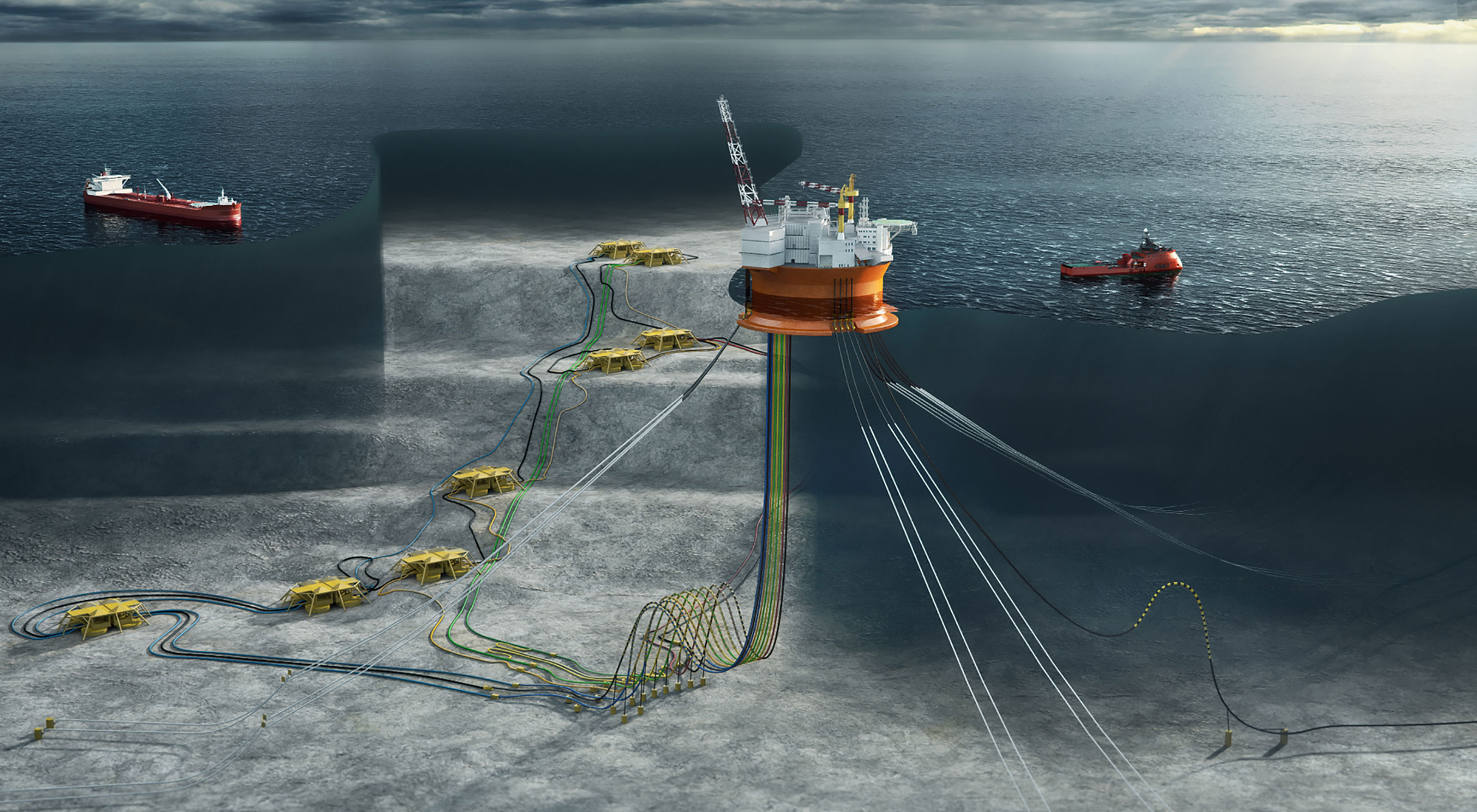WP1 - Online monitoring of PAH
NGI is developing a prototype for a new and improved sensor for monitoring of hydrocarbons in water.

Of all contaminants discharged from oil and gas production, polycyclic aromatic hydrocarbons (PAHs) represent the one of the greatest hazards to the environment due to their bioaccumulative, carcinogenic and mutagenic properties. PAHs are probably the most important contaminants to monitor in order to understand the impact of oil production on the environment.
NGI has developed a novel principle for a PAH sensor which combines chemical extraction with spectrometric analysis. Measuring close to background concentrations, the online monitoring system enables:
- Continuous risk identification and management based on real time data
- Early warning and localization of oil leaks
- Environmental compliance monitoring
- Increased spatial and temporal resolution of environmental monitoring data
- Deployment for mobile (ROV, AUV etc.) and stationary units.

To be able to detect leakages at an early stage and to document the environmental impact of regular discharges, it is necessary to measure PAHs precisely and reliably at concentrations close to background levels over time. No sensor technology in the market today is able to meet this need due to all the challenges, which include:
- PAH concentration in aquatic environments is generally very low (ng/L-level) which means that a sensor must have very high sensitivity
- Very low concentration of PAHs compared to other fluorescing compounds in seawater results in substantial interferences
- Biofouling causing stability problems over time
NGIs online PAH monitoring system overcomes these challenges, by using a method that is able to measure PAH with a much higher precision and sensitivity than before and brings completely new insight into the environmental impact of the oil and gas industry.
Field tests
The goal of this project is to develop a unit to be tested and demonstrated with an industrial partner on mobile and stationary units in offshore environment. NGI plans to test a field-prototype of this technology in the Oslofjord and and at an active offshore production site during 2017 and 2018.
